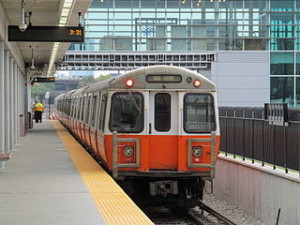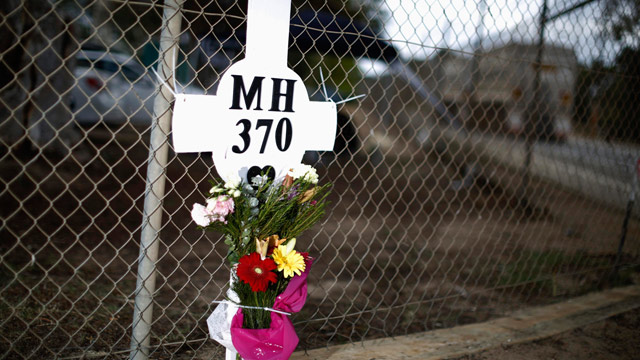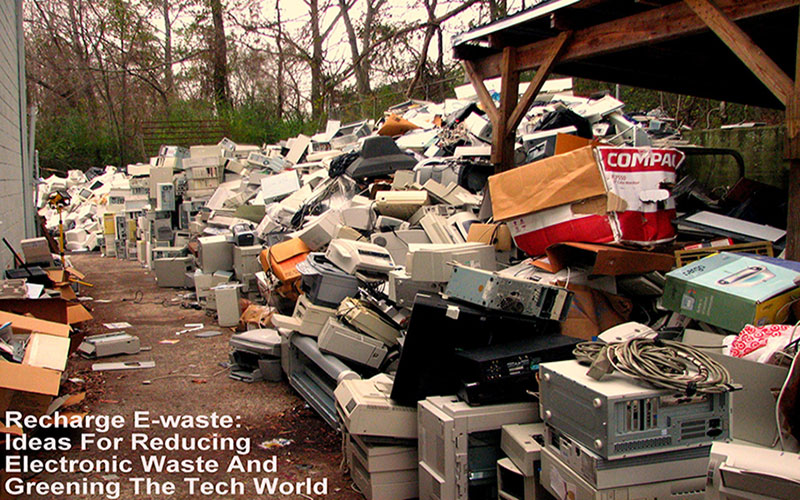Tips For Having A Green Holiday
 There has never been a better time to have the UN Climate Change Conference, or COP21. Climate change is the most pressing issue affecting the planet and its inhabitants. However, all the holiday shopping and consumption going on now creates an even bigger carbon footprint. We all need to do better for our future.
There has never been a better time to have the UN Climate Change Conference, or COP21. Climate change is the most pressing issue affecting the planet and its inhabitants. However, all the holiday shopping and consumption going on now creates an even bigger carbon footprint. We all need to do better for our future.
Here are some tips and ideas on making your holiday a little greener:
- Buy a real Christmas tree: I know it’s easier to just get a plastic tree that can be reused every year, but they are not sustainable. Real Christmas trees are more environmentally friendly than artificial trees. Fake trees usually have a lifespan of 6 to 10 years and are made from polyvinyl chloride, or PVC, which is not biodegradable. This is problematic when they are tossed into a landfill, where plastic lives forever. Consider not only buying a real tree, but a potted, live tree that can be repotted, replanted or turned into mulch and chippings later.
- Reduce holiday lighting: Everybody loves looking at beautiful holiday lights on homes, but those lights can be a strain on your electricity grid and your wallet. Consider a smaller light display by using LED mini-lights, and instead of keeping the lights on all night, maybe turn them off before you go to bed.
- Recycle wrapping paper and gift bags: Carefully open all your gifts so you can reuse the wrapping paper next year! Also, if you have to buy gift wrapping, try to find paper that is environmentally friendly.
- Reduce, reuse & recycle technology: This is the time of the year everyone buys new electronics and toss old electronics still in working order into the trash. If your old television or computer still works, consider donating it to a local nonprofit in need. Many homeless shelters and domestic violence programs are always looking for gently used mobile phones. Also, when you are not using your tech gadgets, don’t just turn them off, but unplug them to reduce vampire energy. (Shameless self-promotion: I wrote a whole book on this topic.)
- Handmade gifts: I think some of the best gifts I have ever received were handmade. My mom made me a quilt many Christmases ago that I still use and love. It might be too late to start sewing a quilt, there are many other homemade gifts that you can make just in time for the holidays. There are tons of arts and crafts books and online resources out there to help you out. I make my own holiday cards using recycled materials. While buying a store bought gift might be easier, people will remember your handmade gift because it is the thought that counts.
- Shop local: Yes, it is very tempting to shop at Amazon or Walmart, but also try to give some money to locally-owned small businesses. Not only are you reducing your shipping and handling carbon footprint, but you are also supporting your local economy. If you are hosting a holiday party, consider purchasing locally sourced food.
- Re-gifting: I see nothing wrong with re-gifting an item that you don’t need to someone who does need it, so long as you are not giving it back to the original giver (Now that’s tacky!). Save money on gifts and pass it forward.
- Reduce travel: It’s great to see friends and family who live far away, but also keep in mind the carbon footprint you create every time you fly or drive anywhere. I have reduced my holiday traveling in recent years. Think about if there is an alternative to traveling long distance? Maybe you have friends and family who live right around the corner that you haven’t seen in an while.


